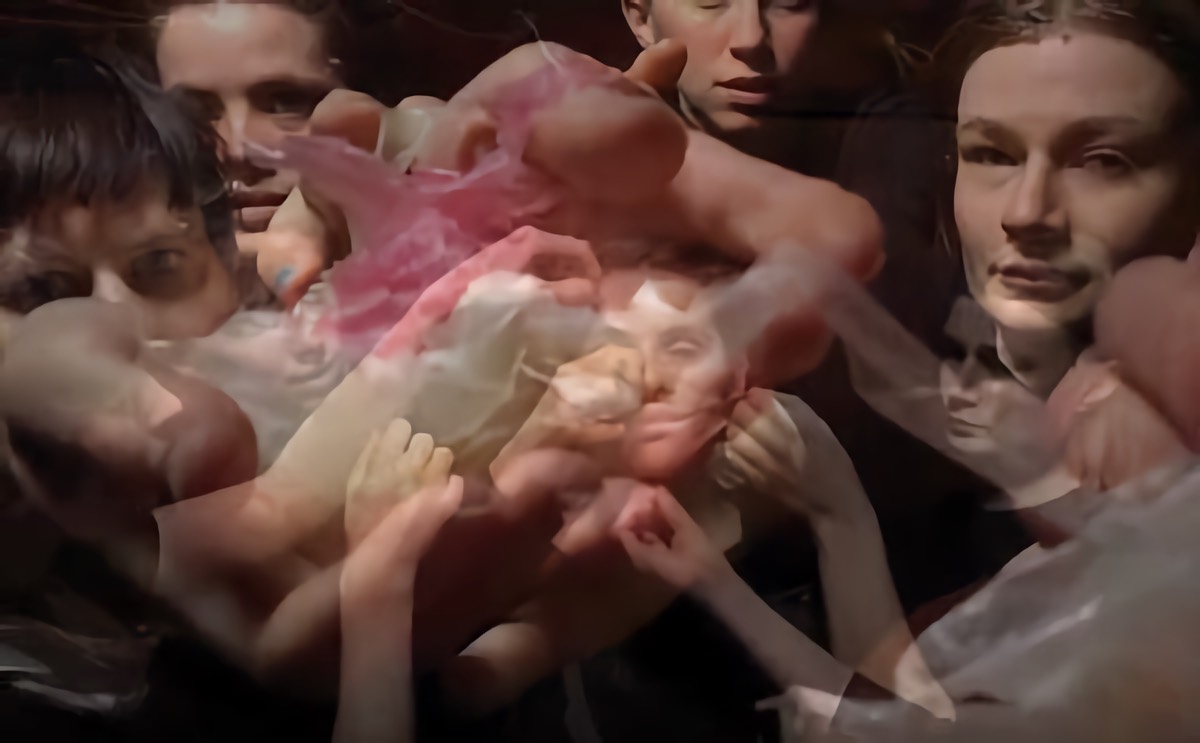Downloads
DOI:
10.31182/cubic.2019.2.016Keywords:
female musicians, gender staging, visualisation, design, music videoAbstract
The design analysis of the media presented in this article focuses on the representation of female musicians, looking at the ways in which they stage both themselves and their gender in music videos. According to my observation, the visual portrayal of female artists has been defined by a long history of stereotypical gender representations that have to be overcome. In the music videos published by female musicians, we can observe design strategies for selfportrayal and gender staging, as well as sources of aesthetic inspirations and trends. Different oppositional design strategies are described that either blur gender, provoke the viewer or overcome stereotypical gender representations.
How to Cite
Published
Issue
Section
License
Copyright (c) 2020 Tanja Godlewsky

This work is licensed under a Creative Commons Attribution 4.0 International License.
References
Albertine, Viv. A typical Girl. Berlin: Suhrkamp Verlag, 2016.
Brandes, Uta. "Erste Erkundungen im Dickicht des Gender-Diskurses im Design." Papiere zur Designwissenschaft 28, (2014): 25-33.
Diederichsen, Diedrich. Über Pop-Musik. Köln: Verlag Kiepenheuer & Witsch, 2014.
Gerhards, Marion. “Lady Bitch Ray und die diskursiven Grenzen weiblicher Maskulinität.” In Pop-Frauen der Gegenwart. Körper–Stimme–Image. Vermarktungsstrategien zwischen Selbstinszenierung und Fremdbestimmung. Edited by Christa Brüstle. Bielefeld: transcript Verlag, 2015. 161-178. DOI: https://doi.org/10.1515/9783839427743-009
Gill, Rosalind. “Postfeministische Medienkultur: Elemente einer Sensibilität.” In Gender & Medienreader. Edited by Kathrin Peters and Andrea Seier. Zürich, Berlin: diaphanes, 2016. 541-556.
Halberstam, Judith. Female Masculinity. Durham, London: Duke University Press, 1998. DOI: https://doi.org/10.1515/9781478002703
Neumann-Braun, Klaus and Lothar Mikos. “Videoclips und Musikfernsehen. Eine problemorientierte Kommentierung der aktuellen Forschungsliteratur.” In Schriftenreihe Medienforschung der Landesanstalt für Medien Nordrhein-Westfalen (LfM) 52, (2006): 42-52. Düsseldorf.
Reitsamer, Rosa. “I’m the kinda that you wanna… Die queeren künstlerischen Strategien der Musikerin und Performerin Peaches.” In Pop-Frauen der Gegenwart. Körper–Stimme–Image. Vermarktungsstrategien zwischen Selbstinszenierung und Fremdbestimmung. Edited by Christa Brüstle. Bielefeld: transcript Verlag, 2015. 95-113. DOI: https://doi.org/10.1515/9783839427743-006
Walter, Klaus. “Die Diktatur der Normalos.” Jungle World, no. 8 (2015): 18-23.
Whiteley, Sheila. 2013. “Women and Girls on Stage: The Cultural Implications of Gender Construction in Popular Music.” In ShePop. Frauen. Macht. Musik! Edited by Thomas Mania, Sonja Eismann, Christoph Jacke, Monika Bloss, and Susanne Binas-Preisendörfer. Münster/Westf.: Telos Verlag, 2013. 31-40.

